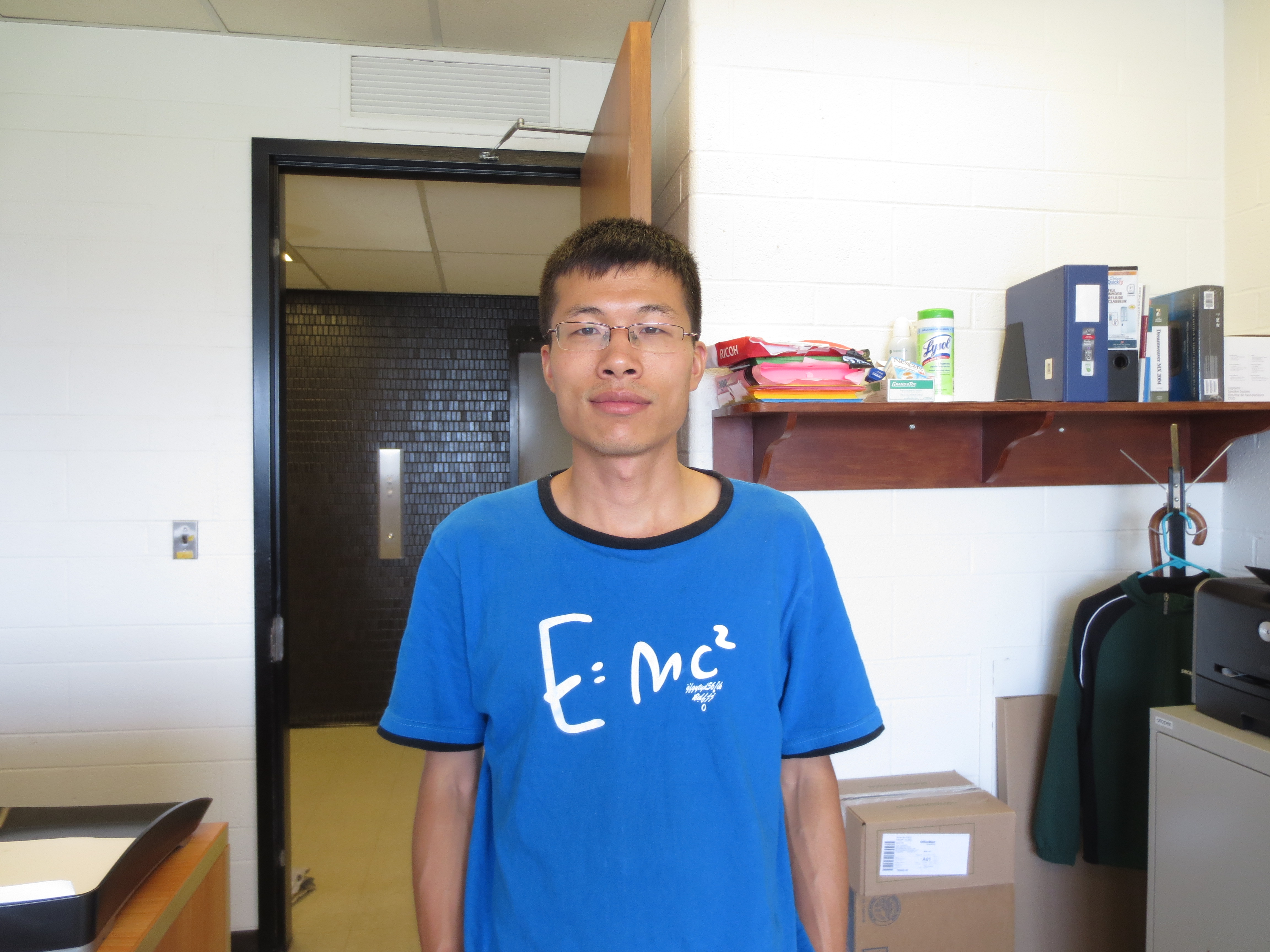 Zhiqi Huang is the 17th recipient of the Tremaine Fellowship which is awarded annually at the Canadian Institute for Theoretical Astrophysics. He was selected for his outstanding work on Planck satellite.
Zhiqi Huang is the 17th recipient of the Tremaine Fellowship which is awarded annually at the Canadian Institute for Theoretical Astrophysics. He was selected for his outstanding work on Planck satellite.
From August 2013 when he was enrolled as a postdoc at CITA until December 2015 when the Tremaine Fellowship was awarded, Zhiqi worked on several international collaborative observations: Planck (http://www.esa.int/Our_Activities/Space_Science/Planck), ACT (http://act.princeton.edu/), SPIDER (http://www.princeton.edu/jones/research/spider/) and EUCLID (http://sci.esa.int/euclid/). Notably in the Planck collaboration he made contributions to many major projects including cosmological parameters, dark energy and modified gravity, cosmic Inflation, polarization of interstellar medium, primordial nonGaussianity, and the isotropy and statistics of the Universe.
In the Planck cosmological parameters paper, Zhiqi and his Planck collaborator at CITA – Prof. J. Richard Bond, and former CITAzens Jens Chluba and Mazieh Farhang explored non-standard recombination history and used Planck data to constrain parameters in atomic physics which are poorly measured in labs. In the Planck dark energy paper, Zhiqi and Prof. Bond applied their dark energy parametrization for quintessence class of models (Huang, Bond, Kofman 2011) on Planck data and got a very generic constraint on how steep the quintessence potential could be. In the isotropy and statistics project and dust polarization project, Zhiqi applied oriented stacking technique (originally proposed by Prof. Bond) to Planck maps and found excellent agreement between the data and the theoretical predictions by the standard model of cosmology. In the cosmic Inflation paper, Zhiqi and Prof. Bond used blind mode expansion to reconstruct the primordial power spectrum of metric fluctuations. The results revealed that scale-invariant primordial power spectrum is no longer an assumption, but an observational fact in modern cosmology.
In addition to the contribution to Planck and other observations, Zhiqi also worked on various theories in cosmology. These theories include modified gravity (Huang, Phys. Rev. D 93 (2016), 043538), local gravitational redshift in supernova data analysis (Huang, Phys. Rev. D 91 (2015), 121301), CMB intrinsic non-Gaussianity (Huang and Vernizzi, Phys. Rev. D 89 (2014), 021302), etc. He developed a cosmology object-oriented package (COOP, available at https://github.com/zqhuang/COOP), which is a multi-functional cosmology software that contains a linear Boltzmann code with modified gravity (Horndeski class of models) or coupled dark energy, a map stacking module that was used in Planck map analysis, a fisher matrix calculator that have been used in a few science projects (e.g. arXiv: 1605.09365, arXiv: 1604.07330), a Monte Carlo Markov chain (MCMC) driver, a CMB power spectrum and matter power spectrum calculator, and a CMB power spectrum analysis tool that has been successfully applied to SPIDER data.
Dr. Huang was a post-doctoral fellow at CITA at the time of the award. Soon after the award he won the “thousand youth talents” title in China, which is a top-level title for young and prestigious scientists working abroad. In 2015 and in the field of astronomy and astrophysics, only four young scientists won this title and Zhiqi was one of them. Zhiqi is now a professor at Sun-Yat Sen University in China.
The Tremaine Fellowship is given annually in memory of Beatrice D. and Vincent J. Tremaine to honor their lifelong interest in mathematics, science and learning. The award was initially established at CITA by Vincent Tremaine in memory of his wife Beatrice when their son, Scott Tremaine, was the first director.
Published: Oct 05, 2016